Unwrapping / texturing a big cylinder
-
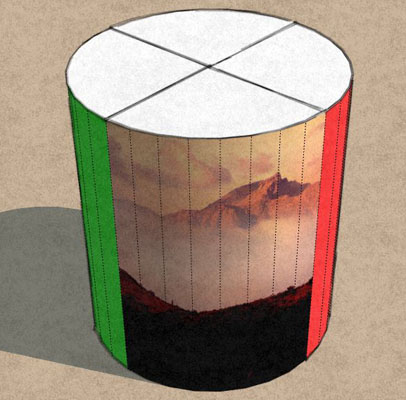
-
Actually totally impossible. There is no combination of pixels that will exactly match the shape of the 8 segments hence the process of applying the texture to the first segment, sampling then applying to the next can never work. Unless there is some black magic in there that I am unaware of.
-
I finally figured out what you are trying to do. Here is what you need to do. Do it all in one piece to begin with. Make the height slightly bigger than you need once you get the width about right. What falls of will be lost and who cares. Now wrap the texture all the way around. Stretch it a bit for a tiny overlap. Yes that will create a really minor seam between panel 1 and panel 32, but we are going to fix that. Make panel 1 and panel 32 unique and then take them into an image editor where you will join them together. In the image editor use clone, soften, and smudge tools to retouch the joint between panels. Then re split the two joined panels and reinsert them at positions 1 and 32. Now you will have a visually perfect and seamless column from all sides. And this better be for an animation, because if it is for a simple render, you could have hidden the joint on the side of the column away from the viewer.
-
@unknownuser said:
Actually totally impossible.
Within SU using your particular texture and technique I agree but....
I beg to differ, in fact my earlier .skp proves it's possible. I think it's how your approaching the task that's making it not possible. If mapping a simple cylinder wasn't possible in 3D then we'd all be wasting our time. My advice is to either learn an external mapping app or adjust your image so it can better fit the UV space (1024px x 500px doesn't fit a 8.011m x 3.5m area without some distortion and you're trying to manually guess the distortion).
TIG has a set of Texture Tools that allow you to adjust a texture's UV scale independently so you can figure the necessary adjustment to the texture's height or length to allow a seamless mapping on each quadrant. There will be slight distortion overall but it's minor. Actually Dale's UV Tools Cylindrical mapping will show you instantly the distortion in this case.
Or if you want you can share the file.
-
I tried the Flattery plugin. It works fine to unwrap the cylinder out to a flat plane. It is then a trivial matter to texture each group of 8 segments so the entire cylinder is textured perfectly with the 4 individual textures.
Problem is there is no option to put the model back together again, so that becomes a manual process. Not too difficult however. I have suggested on the Flattery topic that such an option would be nice.
-
Have you tried my UVunwrap plugin? It can remap the UVs to the original object.
It might need some manual editing of the unwrapped object but here is a quick test I did.
I then use my UVprojections-Planar to project the UVs on the flattened faces with the option "fit" so that each square texture fits exactly to the selected faces.
Finally I use the update UVs feature to apply the new UVs to the original object.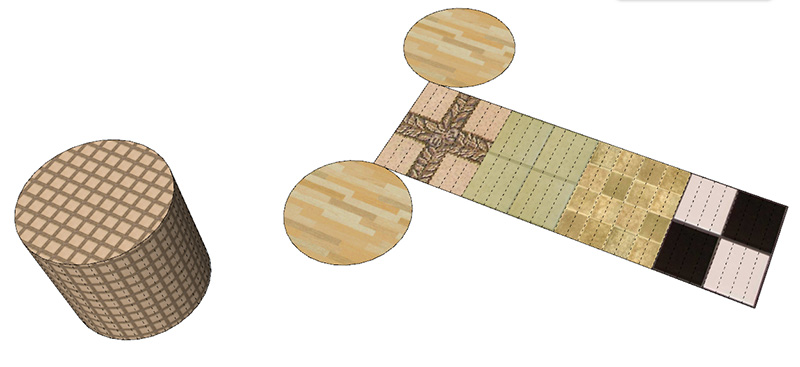
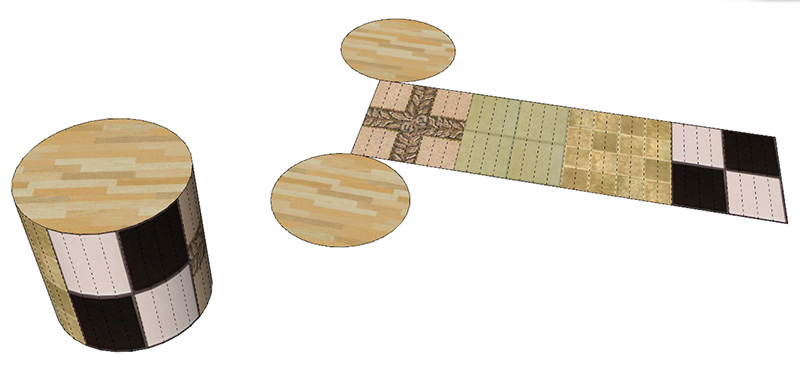
-
How did you then reconstruct the cylinder? Did you have to fold each segment manually, or do I misunderstand? Is it perhaps only the textures that get unwrapped?
Guess I will have to give it a try.
-
Watch the video that's associated to Pixero's plugin
-
In an earlier post Pixero said....
http://forums.sketchucation.com/viewtopic.php?p=354245#p354245
-
Do you have a link for the video please? I cannot find it in the UVProjection topic or in the videos page at http://forums.sketchucation.com/viewtopic.php?f=323&t=40041&p=356804#p356804
-
Hmmm. I think all of this is more than I need for this particular application. Certainly useful for other things.
In this case once I unfold the cylinder I don't need any fancy texturing. I can just do a plain old SU import texture for the 4 textures and and apply them directly to the faces concerned without any projection. Once I fold the cylinder back up again the textures stay where they are.
Thanks for all the suggestions though.
The only thing that is missing is the reverse of Flattery to fold the flattened object back up again. Given that it has indexed the edges it should be feasible. Maybe it also needs to index the angles between the edges before unfolding.
-
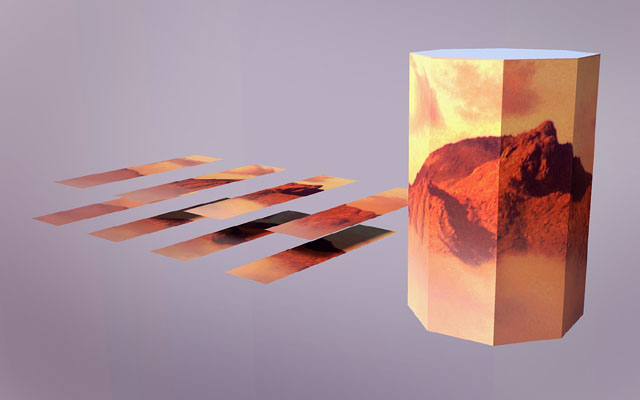
Photo was laid out and divided by 8. Every other panel raised and separated from the others. Make unique was applied to each. They were sampled with the paint bucket and transferred to the octagonal rod as unique textures and not the entire unified picture. All line up perfectly with nary a missing pixel or overlap. With 32 instead of 8 sides this would look fairly cylindrcal. There it stands.
-
@pmolsen said:
How did you then reconstruct the cylinder?
Did you have to fold each segment manually, or do I misunderstand? Is it perhaps only the textures that get unwrapped?The UVunwrap plugin attaches a object and face ID to the original object so it knows which face is which.
Then it creates a duplicate that is unwrapped.
Once you have applied UVs to the flat object, (with or without my UVproject script) you use the UVunwrap function to update UV's from the flat object back to the original. So there is no need to "rewrap it". -
@roger said:
Photo was laid out and divided by 8. Every other panel raised and separated from the others. Make unique was applied to each.....
Have you looked closely at a texture after doing a Make Unique? Firstly it enlarges the texture and truncates around 4-5 pixels on the right hand edge. Secondly it badly degrades the image quality. I cannot see how it could possibly work, unless you are using a different version of SU from me.
I have attached a screen shot to show the problem. I drew a square around a letter on a model and then did a Make Unique on the square. The first image is before the make unique. The second is after. You can clearly see the reduction in quality and also the enlarging and shifting of the pixels.
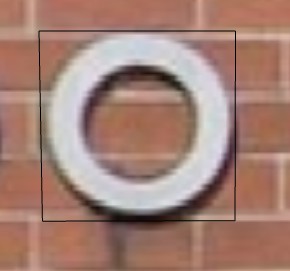
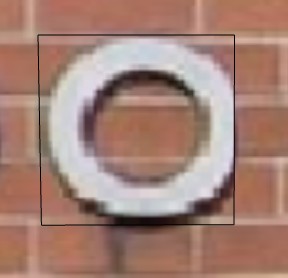
-
Another solution would be to place plants in front of the pillars.
Advertisement







